When the temperature drops, it’s time to get your woollies out, crank up the heating and get cosy – but have you spared a thought for your garden? Your precious plants need a little attention at this time of year to keep them in tip-top condition ready for spring and it’s advisable to take some precautionary steps to keep your garden protected.
Check out our handy tips to help you protect your garden.
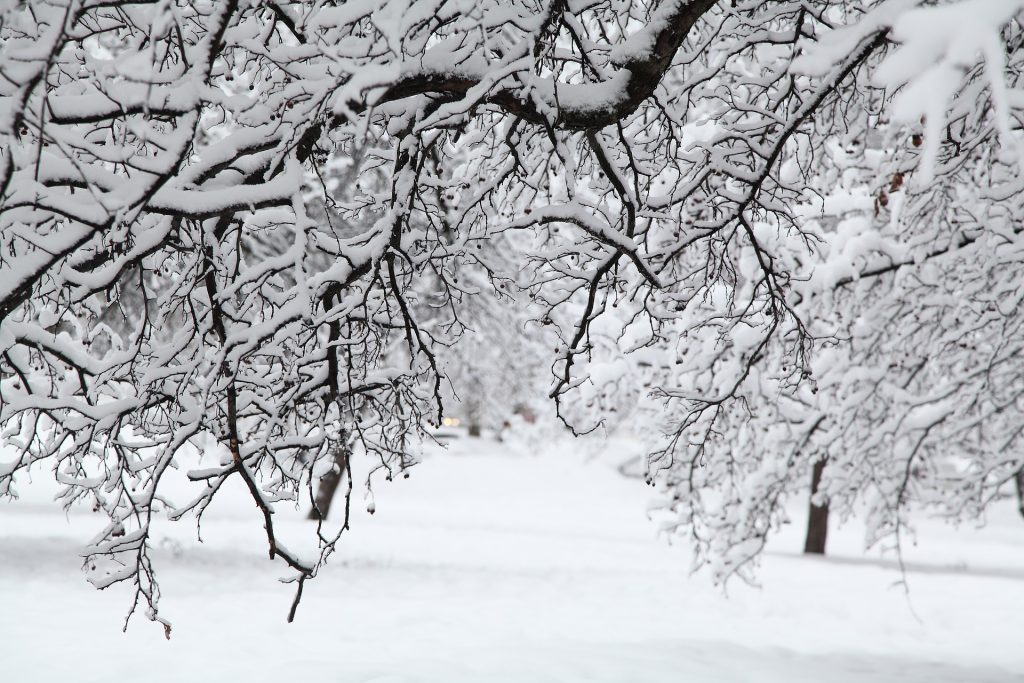
One benefit of snow is that it is actually a good insulator for plants, but it’s important to keep an eye on the weather forecast for heavier snow as this can damage plants easily. This isn’t so much because it’s icy cold, but because it is heavy and can easily snap vulnerable stems and branches.
To prevent damage to your plants after a heavy snowfall, give your plants a shake (or get your broom out) to dislodge thicker layers of snow.
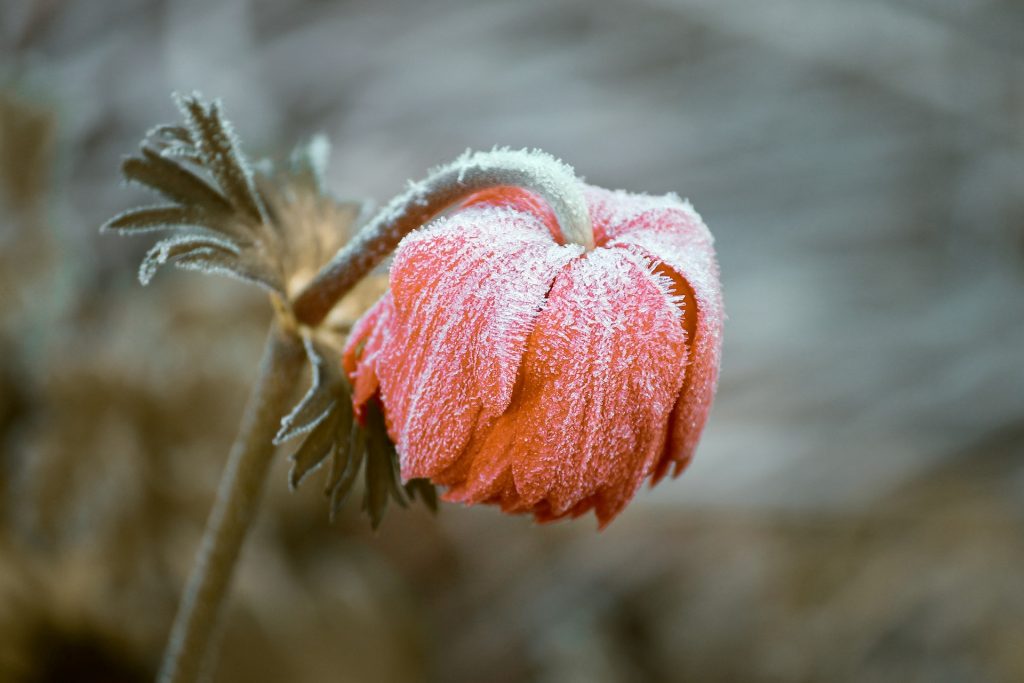
Tender plants in containers can be moved inside and placed in a cool, dry environment. If you can’t bring the plants inside, invest in some outdoor containers that are frost-proof to prevent them cracking or elevate pots off the ground on ‘pot feet’ to avoid waterlogging. To take an extra step, insulate them with a layer of bubble wrap or hessian to keep the plant and its roots healthy.
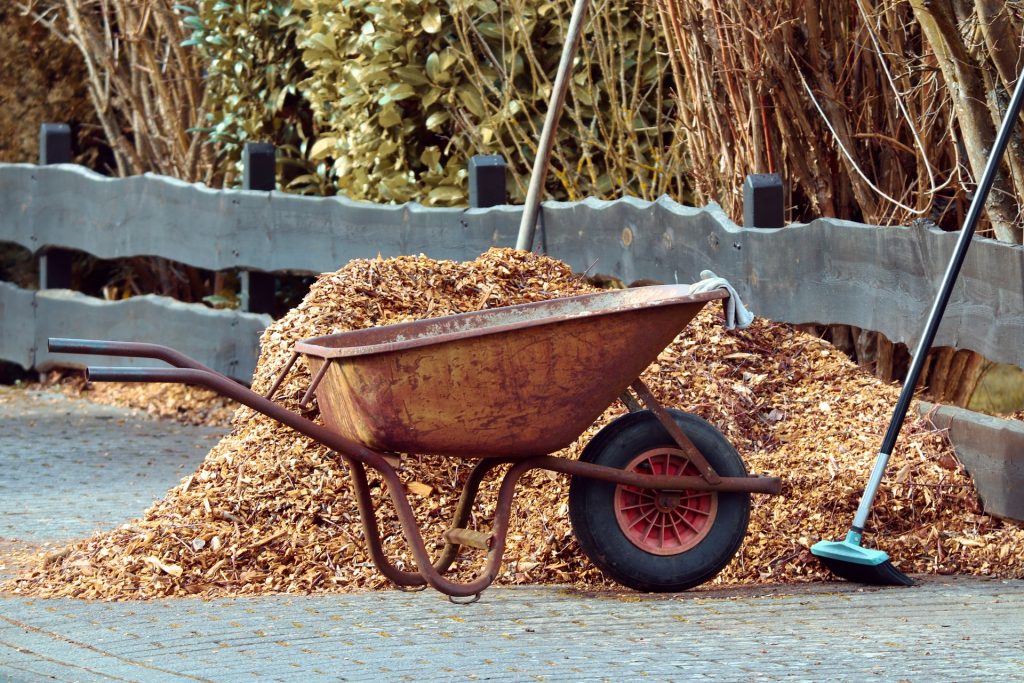
Mulch can be made up of decaying leaves, wood chips or chopped bark and helps enrich and insulate the soil around vulnerable and evergreen plants to stop the ground from freezing; damaging the plants and their roots in the process. It also helps to conserve whatever water is in the soil for those frosty days ahead.
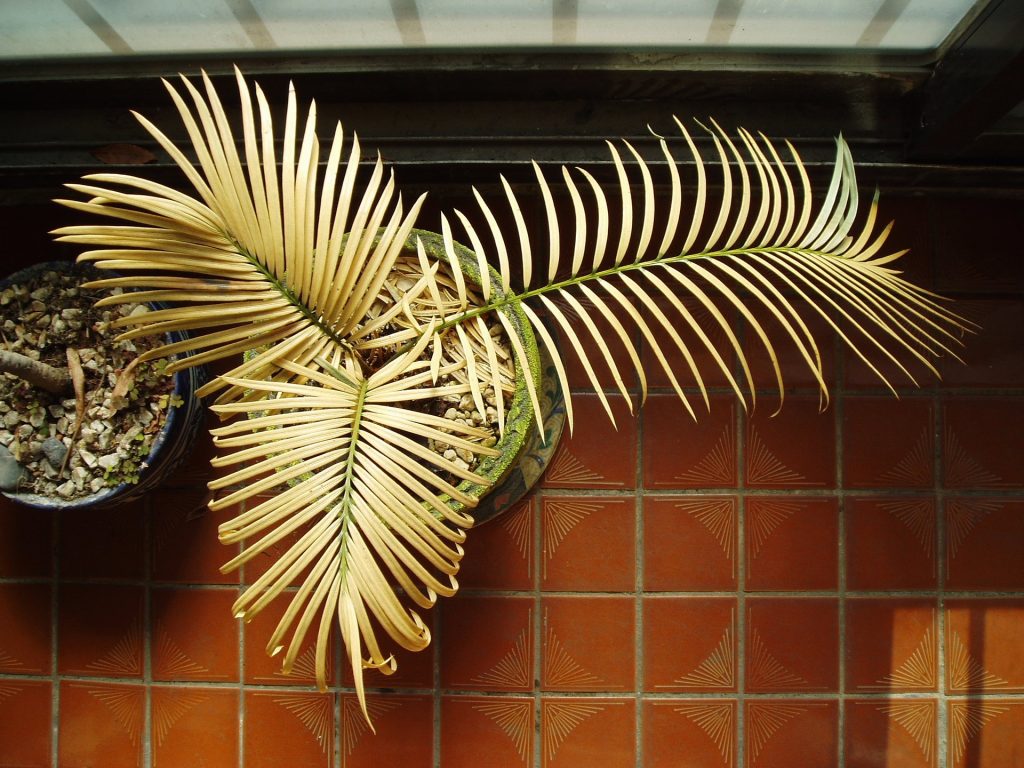
Exotic plants that hail from sunnier climes aren’t meant for our frostbitten winters, so it’s vital to keep them safe and sound over the colder months.
Potted palms should be moved into a shed or garage, or at the very least positioned away from the icy winds. You can protect larger palms which can’t be moved by tying their leaves loosely together with garden netting or string, with a sheet of hessian blanket draped over the top. It’s also a good idea to cover the ground with mulch.
If you’ve planted delicate tree ferns, keep them frost-free with a bunch of straw placed in the crown of the plant. If we’re in for a big cold snap, you should gently tie the loose fronds together and wrap the trunk with horticultural fleece.
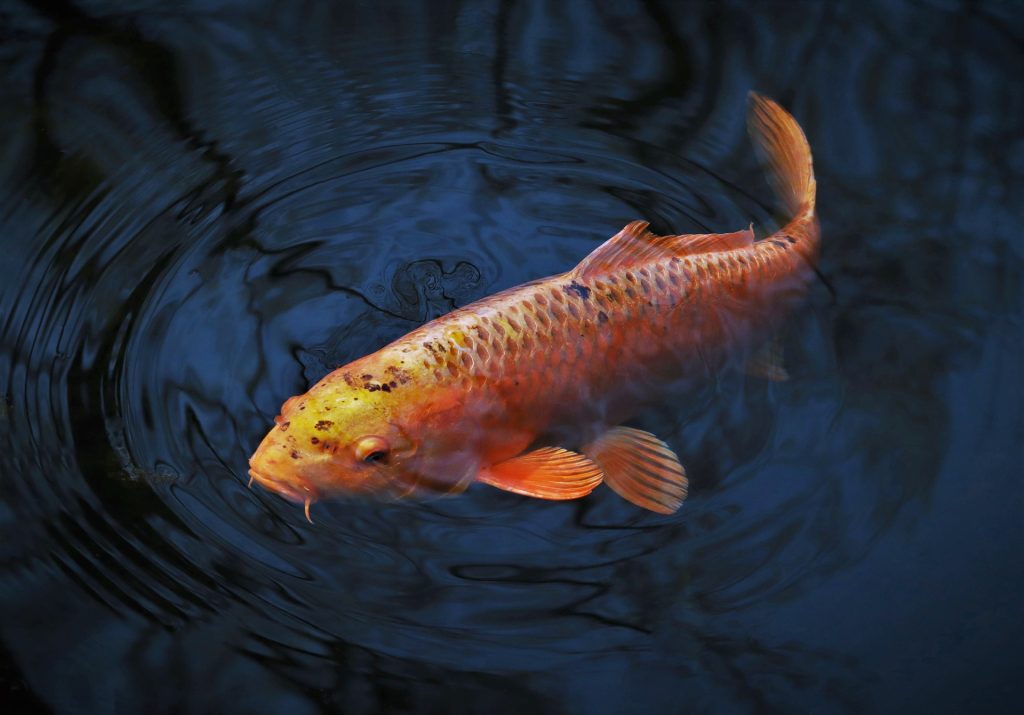
A pond’s frozen surface can not only limit the oxygen supply for your fish and pond life, but it can also damage a pond structurally; especially if it’s manmade. A great tip is to leave a tennis ball floating on the surface in winter. Its movement around the pond will slow the freezing process and once the water is fully frozen, you can remove it and have a ready-made oxygen hole for your fish. If you have a fountain or other water feature, it’s advisable to drain the water before a cold snap to avoid it freezing and bursting its pipes.
Subscribe to our newsletter to be notified when we publish more useful free guides